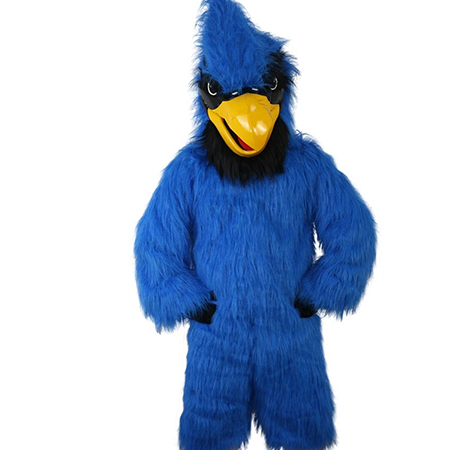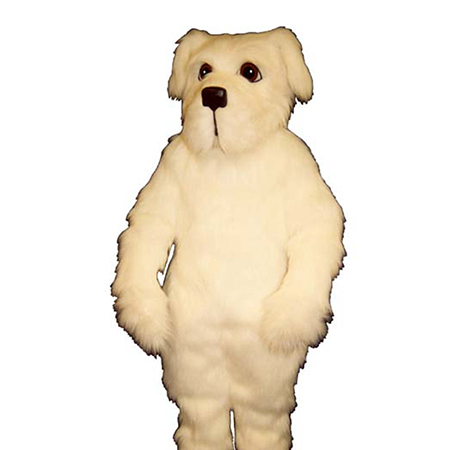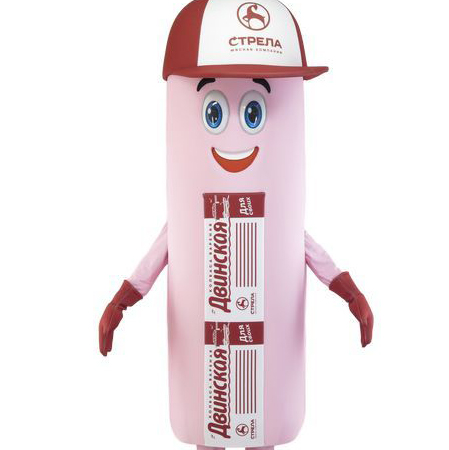In the world of costumes, two distinct categories often come into play: mascot costumes and regular costumes. While both serve the purpose of disguising or enhancing one’s appearance, they cater to different needs and settings, offering unique features that set them apart.
Mascot costumes are specifically designed to represent a character, team, or brand. They are typically more elaborate and structured than regular costumes, often featuring head-to-toe coverage to maintain anonymity and provide a consistent visual representation. These costumes usually include a full-body suit that covers the performer from neck to toe, complete with padded sections that mimic the character’s silhouette. The heads of mascot costumes are often large and intricately designed to resemble the character’s face, with clear vision panels for the wearer. Additionally, these costumes may incorporate special features like built-in fans or ventilation systems to ensure the comfort of the person inside during long performances.

On the other hand, regular costumes are generally more versatile and can range from simple masks to detailed ensembles depending on the occasion. Halloween costumes, for instance, are often less restrictive and more focused on aesthetic appeal rather than functionality. These costumes can be bought pre-made or custom-made based on popular themes and characters. Unlike mascot costumes, regular costumes don’t necessarily require full-body coverage; partial costumes that only cover specific parts of the body, such as superhero capes or animal hats, are quite common.
The choice between mascot costumes and regular costumes largely depends on the context in which they will be used. Mascot costumes are ideal for sports events, promotional activities, and corporate events where maintaining a consistent and professional presentation is crucial. They help build a strong identity for teams, schools, or businesses and engage audiences through their distinctive appearance. Regular costumes, however, are more suited for casual social gatherings like Halloween parties, theater productions, or themed events where creativity and personal expression take center stage.

Another significant difference lies in the level of customization available. Mascot costumes are often custom-tailored to meet specific requirements, ensuring a perfect fit and precise representation of the character they embody. This process includes detailed consultations to understand the needs of the client and meticulous craftsmanship to bring the design to life. In contrast, regular costumes offer a wide range of off-the-rack options that can be easily personalized with additional accessories and modifications.
When it comes to cost, mascot costumes tend to be more expensive due to their complexity and the materials used. Custom designs, high-quality fabrics, and the inclusion of advanced features contribute to their higher price point. Regular costumes, while also varying widely in cost depending on their complexity and material, generally present more budget-friendly options.

In conclusion, mascot costumes and regular costumes serve different purposes and come with their own sets of unique features. Mascot costumes prioritize functionality and brand representation, making them indispensable for promotional and sporting events. Regular costumes, meanwhile, emphasize versatility and creativity, making them perfect for social and entertainment occasions. Whether you’re looking to create a memorable brand experience or simply have fun at a party, understanding the differences between these two types of costumes can help you make an informed decision.
